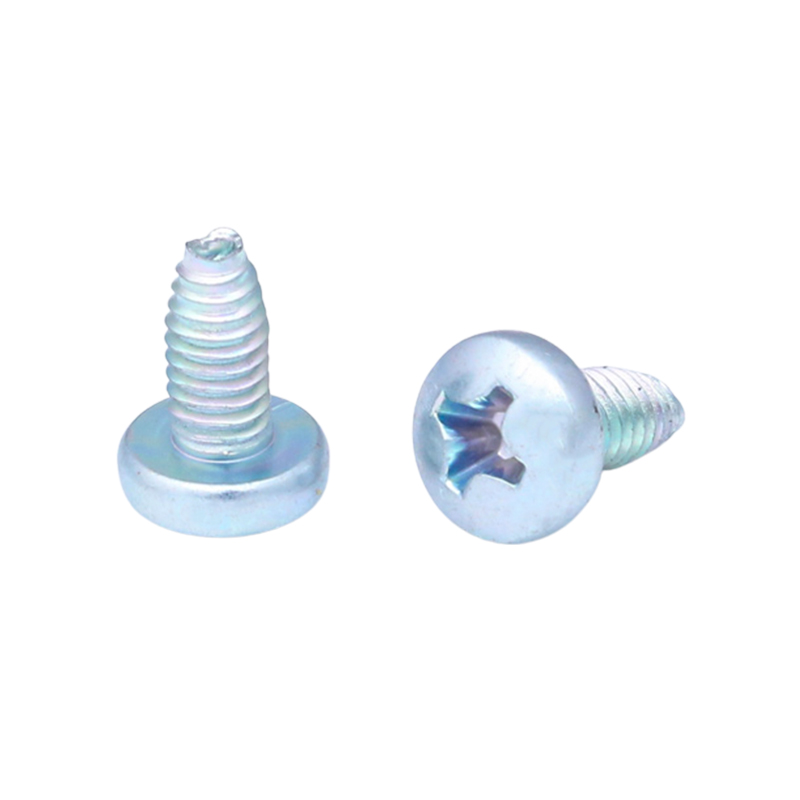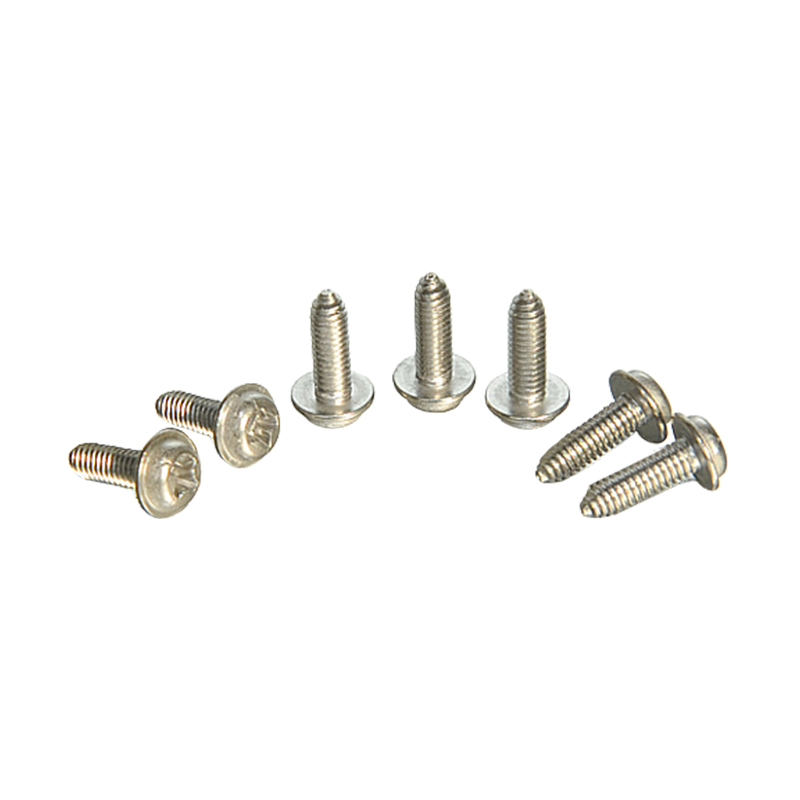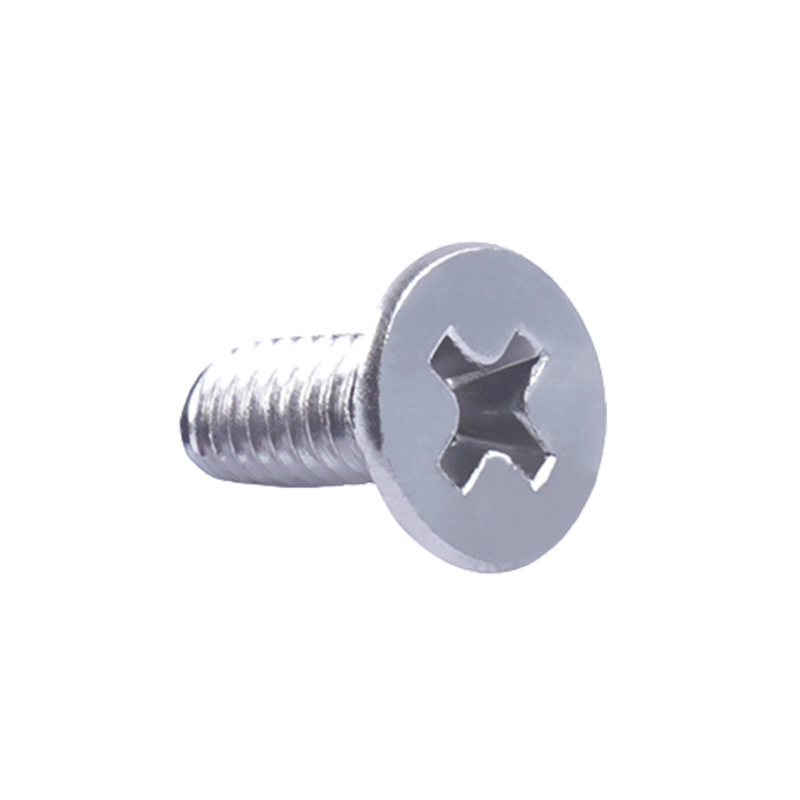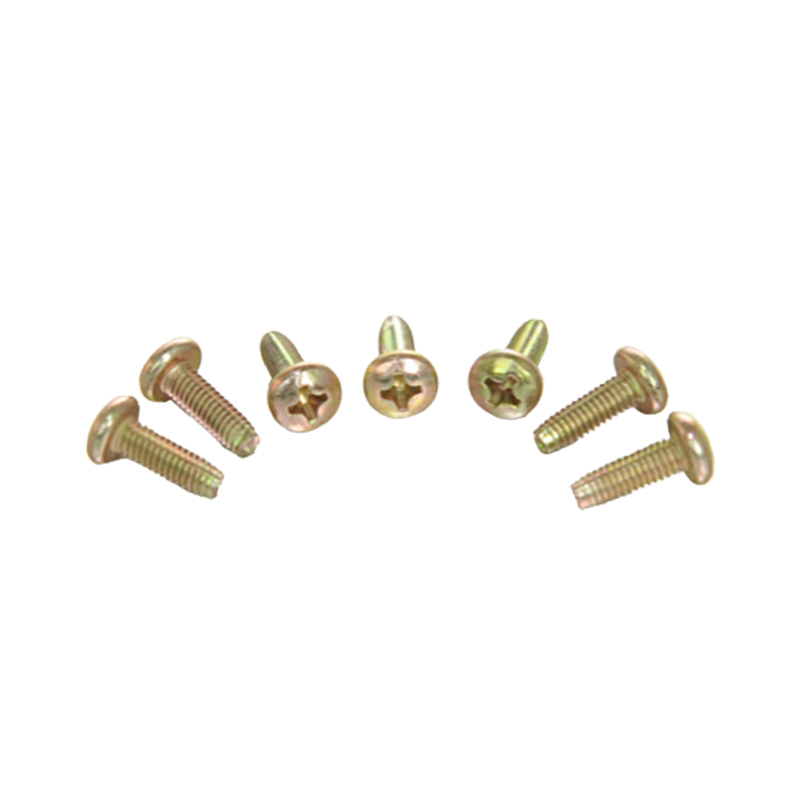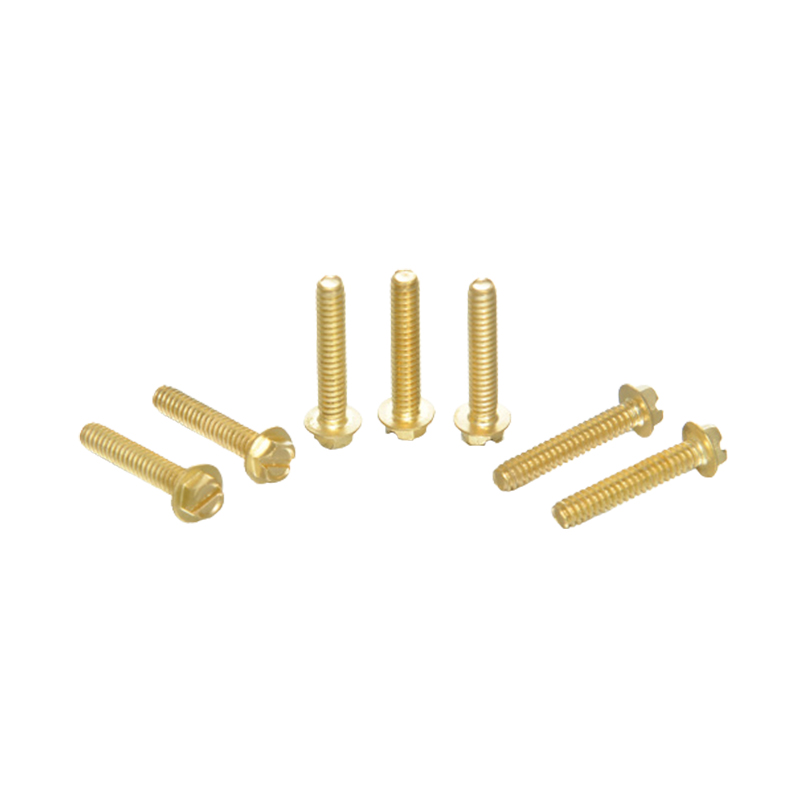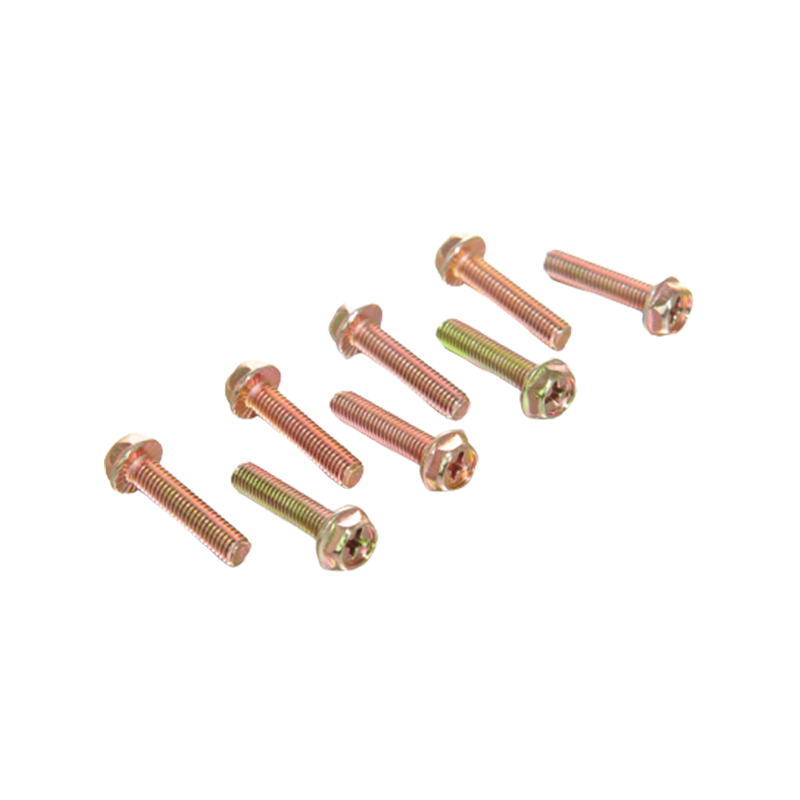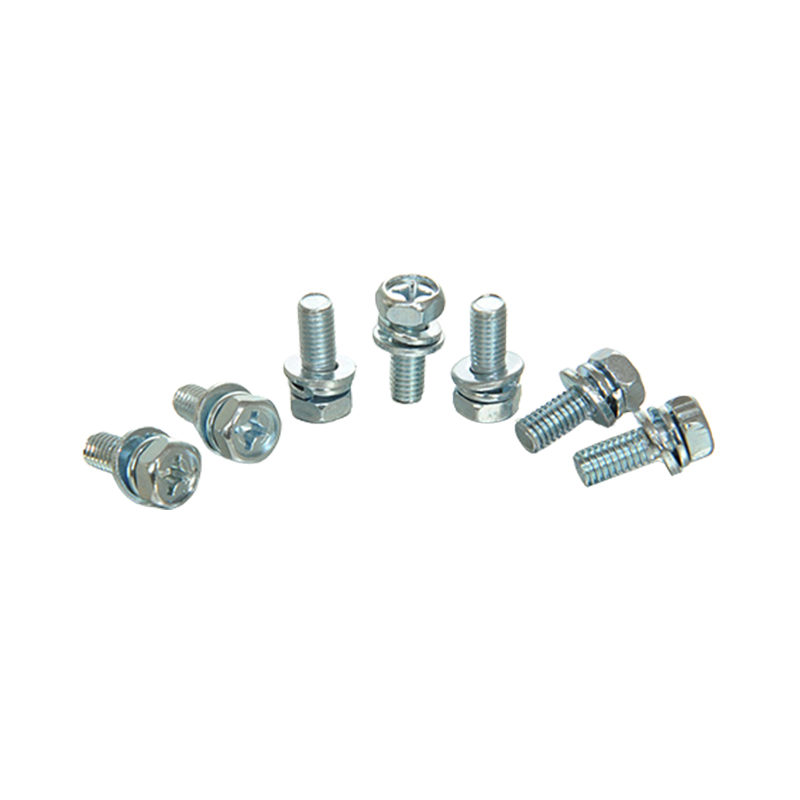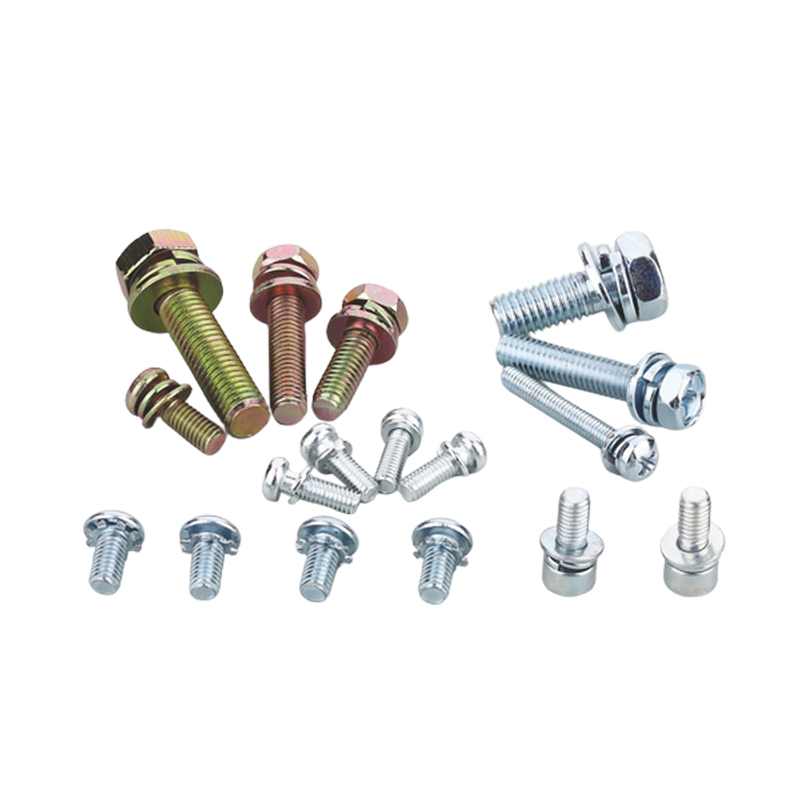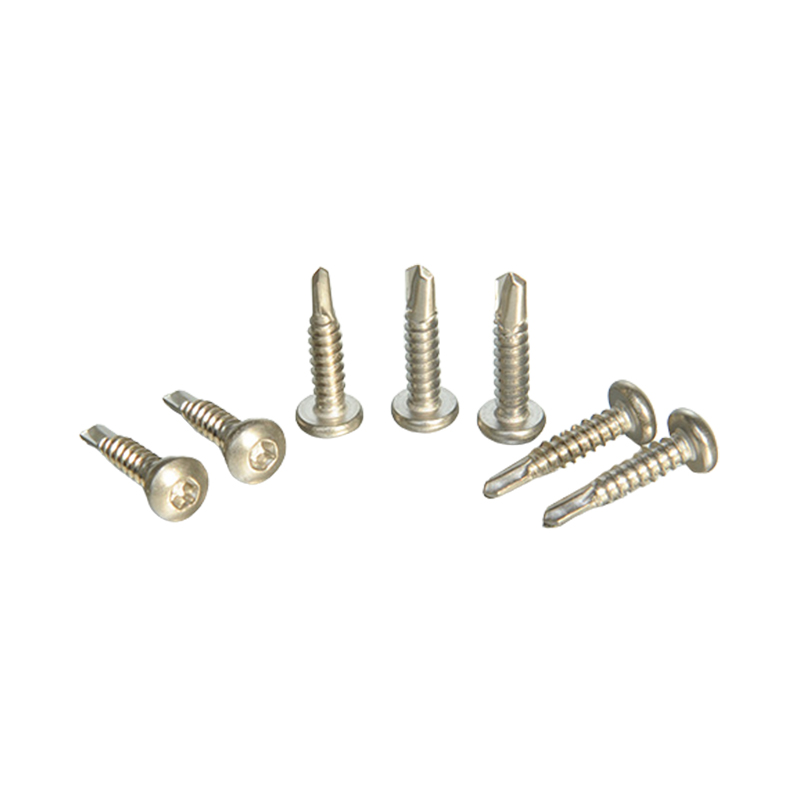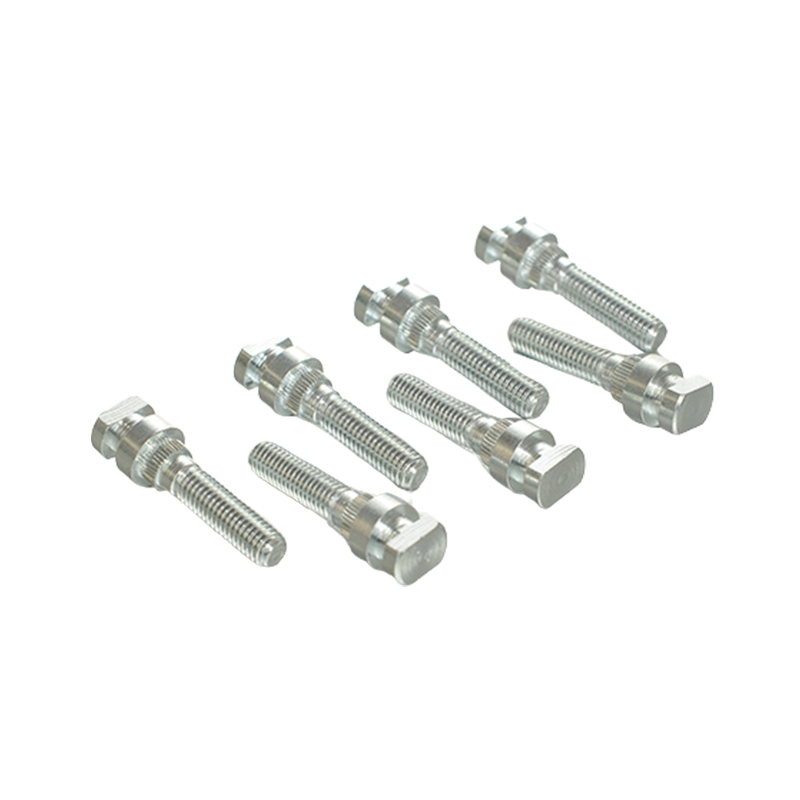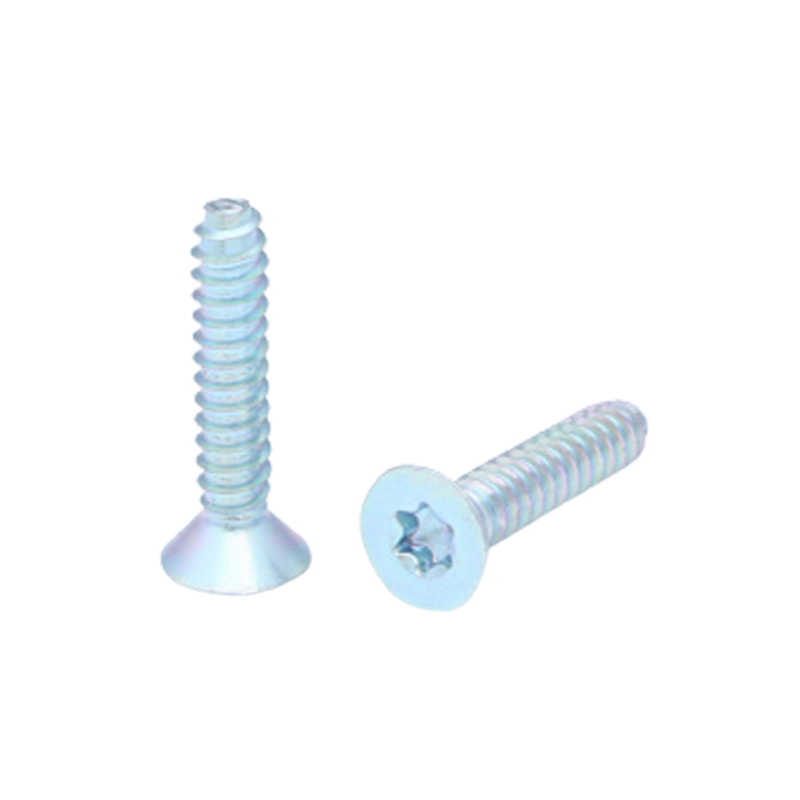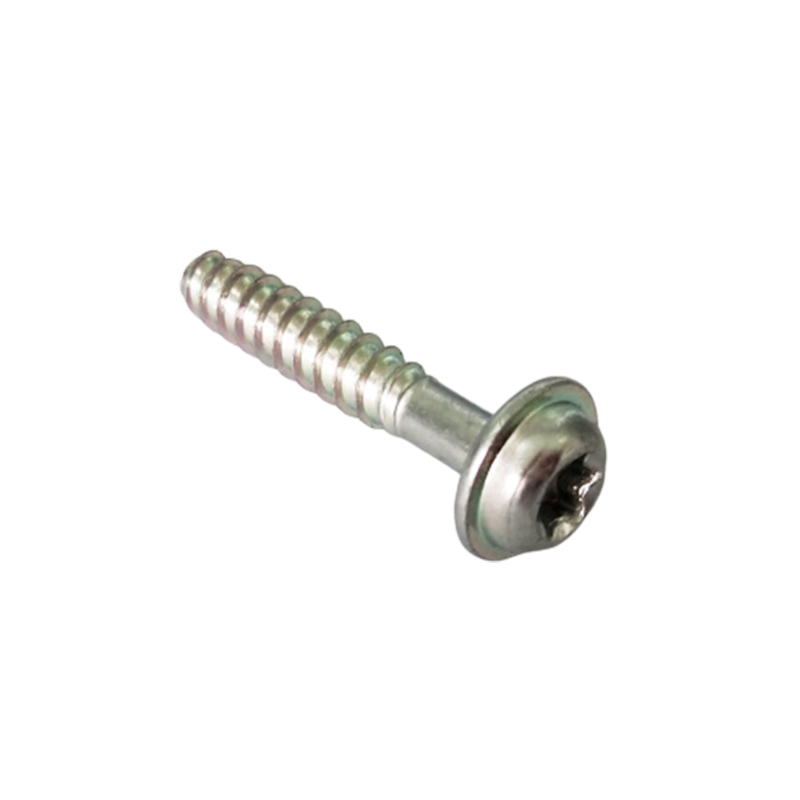Basic concept of mechanical strength of stainless steel screws
The mechanical strength of stainless steel screws refers to their ability to resist deformation and fracture under external forces. This performance is an important indicator to ensure that screws can bear loads in various structures and maintain stable connections. Mechanical strength usually includes tensile strength, yield strength and hardness. Tensile strength refers to the maximum stress at which the screw breaks when subjected to tension, yield strength refers to the stress level at which the material begins to produce permanent deformation, and hardness reflects the ability of the material to resist local plastic deformation. The mechanical strength of the screw depends on the composition and structure of the stainless steel material used, as well as the manufacturing process and heat treatment method.
Definition of bearing capacity of stainless steel screws
Bearing capacity refers to the maximum load that the screw can withstand under working conditions, mainly including tension, shear force and combined load. Bearing capacity is directly related to the safety and reliability of the connector. Factors affecting bearing capacity include the diameter, length, thread type and material strength grade of the screw. When designing and selecting stainless steel screws, their bearing capacity must be calculated according to the actual working conditions to ensure that they meet the mechanical requirements of the structure, thereby preventing safety accidents caused by screw breakage or loosening.
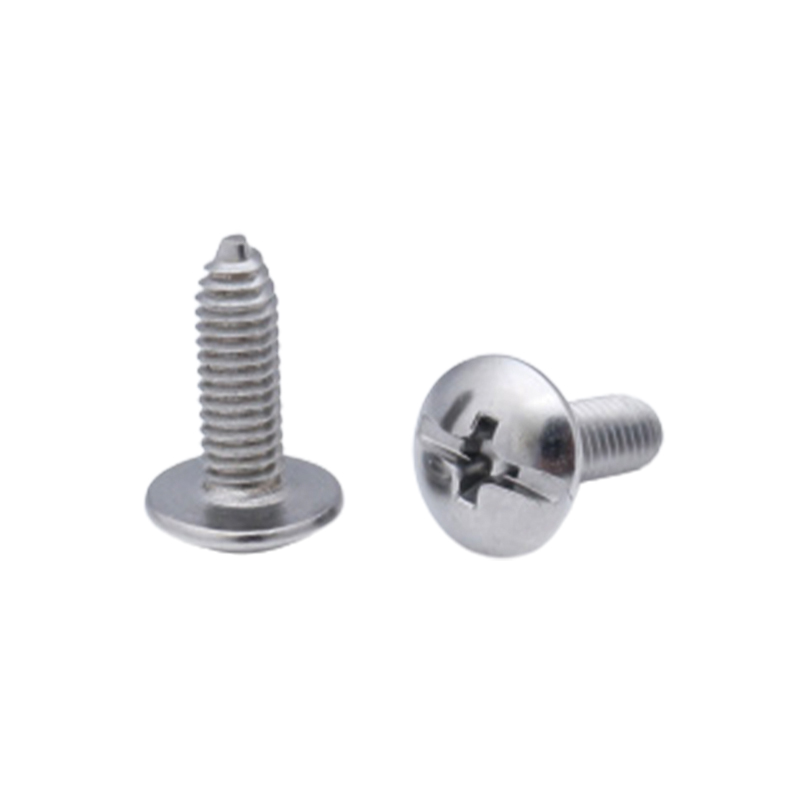
Effect of stainless steel material on mechanical strength
The mechanical properties of different types of stainless steel materials are significantly different. For example, martensitic stainless steel has high strength and hardness, but low toughness; austenitic stainless steel has good toughness and corrosion resistance, but relatively low strength. The strength of ferritic stainless steel is between the two. The choice of material usually requires a trade-off between strength, toughness and corrosion resistance. For applications with high load requirements, martensitic stainless steel screws that have been strengthened by heat treatment are often selected; for occasions that require corrosion resistance and moderate load, austenitic stainless steel is mostly used.
Relationship between screw specifications and load capacity
The specifications of screws include parameters such as diameter, length, and pitch, which directly affect their load capacity. Generally speaking, the larger the diameter, the stronger the load capacity of the screw, because the larger cross-sectional area can more effectively disperse stress. The pitch affects the degree of engagement and load distribution of the thread. A reasonable pitch helps to improve the stability and strength of the connection. In addition, the length of the screw determines the number of its effective threads, which also affects the tightening force and load capacity of the connection. In engineering design, it is necessary to reasonably select the screw specifications according to the nature and size of the load to ensure structural safety.
Effect of heat treatment on the mechanical properties of stainless steel screws
Heat treatment is a method of controlling the internal structure of a material by heating and cooling, which can significantly improve the mechanical properties of stainless steel screws. For martensitic stainless steel screws, heat treatment such as quenching and tempering can improve their hardness and strength and enhance their load-bearing capacity. Austenitic stainless steel is generally not heat treated, but its strength can be improved by cold working. Heat treatment not only affects the strength, but may also change the toughness and plasticity of the screw. It is necessary to prevent the material from becoming brittle while ensuring the load-bearing capacity to ensure the safety and durability of the screw in practical applications.

Effect of thread type on load-bearing capacity
The thread types of stainless steel screws include ordinary threads, fine threads and double-start threads. Different thread shapes and spacing have a certain effect on the load-bearing capacity. Fine threads have a large number of teeth and can provide better tightening force and load distribution, which is suitable for applications that require high load-bearing capacity and vibration environments. Ordinary threads are widely used because of their low manufacturing cost, but they may not be as stable as fine threads under high load conditions. Double-start threads can increase the meshing area to a certain extent and improve the connection strength. Correctly selecting the thread type helps to improve the overall load-bearing capacity and connection reliability of the screw.
Testing methods for mechanical properties of stainless steel screws
Common methods for testing the mechanical strength and load-bearing capacity of stainless steel screws include tensile tests, hardness tests, and fatigue tests. The tensile test measures the maximum load-bearing capacity and breaking point of the screw by gradually applying tensile force, which directly reflects the tensile strength and elongation. The hardness test evaluates the material's ability to resist plastic deformation and is an important basis for judging the effect of heat treatment. The fatigue test simulates the durability of the screw under repeated loads and evaluates its service life. Through these tests, we can fully understand the mechanical properties of the screws and provide a basis for material selection and quality control.
Comparison table of mechanical properties of common stainless steel screws
| Stainless Steel Type | Tensile Strength (MPa) | Yield Strength (MPa) | Hardness (HV) | Typical Applications |
|---|---|---|---|---|
| 304 Austenitic | 520 - 750 | 210 - 290 | 150 - 220 | General engineering, food equipment |
| 316 Austenitic | 580 - 770 | 240 - 320 | 160 - 230 | Marine, chemical industry |
| 410 Martensitic | 550 - 900 | 350 - 700 | 220 - 380 | Automotive, tools |
| 430 Ferritic | 450 - 600 | 300 - 400 | 140 - 190 | Decorative, appliances |
Consideration of mechanical strength and load-bearing capacity in practical applications
In practical engineering applications, the mechanical strength and load-bearing capacity of stainless steel screws must match the equipment structure, working load and environmental conditions. The design should comprehensively consider the load type (tension, shear, bending, etc.), dynamic load frequency, and the influence of temperature and corrosive environment on material properties. In addition, the tightening process and assembly quality of the screws will also affect their load-bearing capacity. Reasonable preload can help prevent loosening and fatigue damage, thereby ensuring the stability and safety of the connection.


